1. Literacy transformations
1.1. primitave language symbols
1.1.1. complex oral language
1.1.1.1. early writing
1.1.1.1.1. manuscript literacy
2. functional literacy
2.1. in Anglophone world
2.1.1. New Zealand
2.2. content
2.2.1. Paulo Freire
2.3. skills
3. Adult illiteracy
3.1. adult literacy
3.1.1. consumer ecconomics
3.1.2. occupational
3.1.3. community
3.1.4. health
3.1.5. Law
3.2. Critical literacy
3.2.1. discourses vs. Discourses
3.3. literary policies
3.3.1. literacy in 3D
3.3.1.1. holistic
3.3.1.2. more than "how to"
4. L(IT)eracy
4.1. digital literacy
4.1.1. enhancing cognitive development and assessment practices
4.1.1.1. MiGen
4.1.1.2. Ensemble
4.1.2. supporting learning communities
4.1.2.1. SynergyNet
4.1.3. working collaboratively
4.1.3.1. LDSE
4.1.3.2. hapTEL
4.1.4. overcome access issues
4.1.4.1. personal inquiry
4.1.4.2. inter-life
4.2. Future challenges
4.2.1. shift of digital literacy
4.2.1.1. revolution in communication
4.2.1.1.1. multimodal texts
4.2.1.1.2. screens
4.2.1.1.3. change in social structures
4.2.1.1.4. constellations of mode and medium
4.2.1.2. multimodality
4.2.1.2.1. new ways of reading
4.2.1.3. design
4.2.1.3.1. modes
4.2.1.3.2. genres
4.2.1.3.3. syntax
4.2.1.3.4. font
4.2.1.3.5. layout
4.2.1.4. implications
4.2.1.4.1. from hierarchical to lateral
4.2.2. different literacies for different domains of life
4.3. technology learning
4.4. Key learning areas (KLAs)
4.5. Programmer vs user
4.6. New node
5. four components of pedagogy
5.1. Situated practice
5.2. Overt instruction
5.3. critical framing
5.4. transformed practice
6. Participatory Culture
6.1. low barriers
6.1.1. to artistic expresstion
6.1.2. civil involvement
